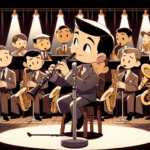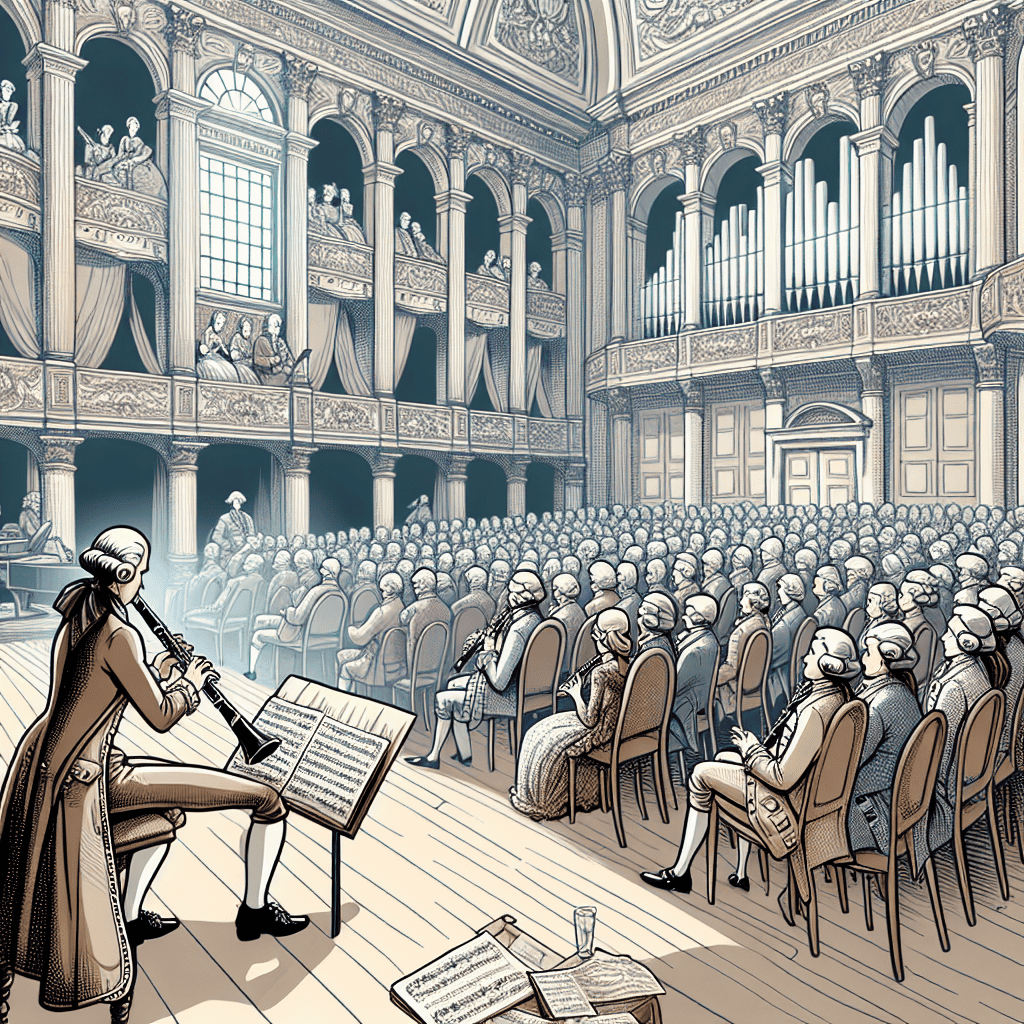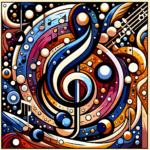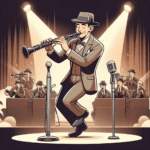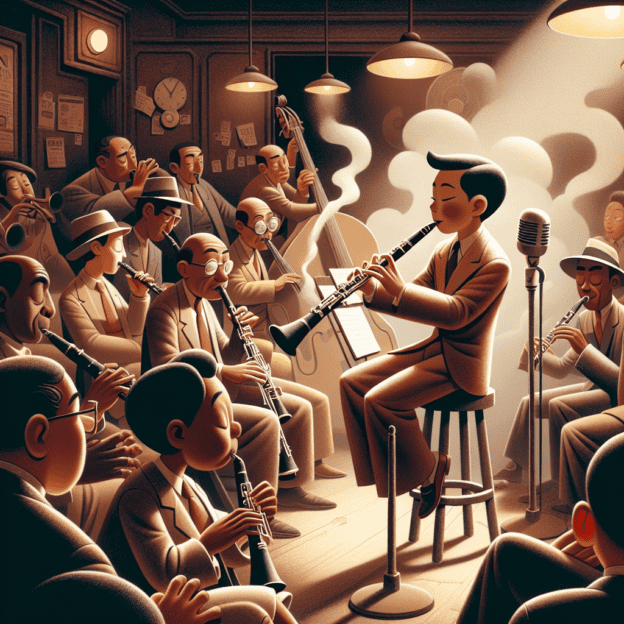The clarinet boasts a fascinating journey in jazz, especially during the bebop era of the 1940s. This genre, characterized by its improvisational nature, intricate harmonies, and quick tempo, gave clarinetists a platform to flaunt their prowess and inventiveness. Although primarily linked with classical compositions, the clarinet has carved out a significant niche in jazz, with bebop playing a key role in broadening its musical scope.
The Bebop Movement
Bebop arose as a response to the big band era that ruled jazz in the 1930s and early 1940s. It aimed to simplify the orchestral setups, putting the spotlight on smaller groups and improvisation. Legendary musicians such as Charlie Parker, Dizzy Gillespie, and Thelonious Monk spearheaded this change, breathing new life into jazz with their elaborate solos and brisk rhythms.
The Clarinet's Evolution in Jazz
While the clarinet was a staple in the swing era, it took a backseat to instruments like the saxophone and trumpet in bebop. However, the clarinet found its footing in this genre, thanks to innovative musicians who tailored its expressive potential to suit the bebop style.
| Era | Clarinet's Role | Notable Features |
|---|---|---|
| Swing Era | Prominent | Lead instrument in big bands |
| Early Bebop | Diminished | Overshadowed by saxophone and trumpet |
| Late Bebop | Resurgence | Adapted to fit bebop's fast-paced style |
Notable Clarinetists in Bebop
Several influential jazz musicians helped cement the clarinet's role in bebop:
- Benny Goodman: Dubbed the “King of Swing,” Goodman's adaptable style allowed him to smoothly transition from swing to bebop, inspiring younger clarinetists to follow his lead.
- Artie Shaw: Shaw's daring approach and experimentation opened new avenues for future clarinetists in jazz.
- Buddy DeFranco: A key figure in bebop clarinet, DeFranco expanded the instrument's capabilities in this genre, incorporating quicker phrases and sophisticated improvisation techniques.
- Jimmy Giuffre: His distinctive style merged classical and jazz elements, paving the way for fresh approaches to clarinet playing during the bebop era.
Techniques and Artistry
In bebop, the clarinet brings a unique voice that complements intricate rhythms and swift melodic lines. Understanding key techniques and approaches sheds light on how the clarinet shines in this context:
- Improvisation: Bebop's core lies in improvisation, with clarinetists encouraged to craft solo lines that are both inventive and personal.
- Extended Techniques: Musicians experimented with alternative fingerings, multiphonics, and modified breath control to produce novel sounds.
- Articulations: Varying articulations—such as staccato and legato—can accentuate contrasts within solos and melodies, particularly effective in bebop's rapid-fire nature.
- Rhythmic Complexity: The clarinet can introduce complex rhythmic patterns, often adding to the intensity and thrill of a performance.
Noteworthy Bebop Compositions Featuring the Clarinet
Several significant tracks not only highlight the clarinet but also embody the bebop spirit:
- Mood Indigo: Although originally penned by Duke Ellington, versions featuring clarinetists demonstrate the instrument's versatility in jazz.
- Binary: A staple in Buddy DeFranco's repertoire, this up-tempo piece allows clarinetists to showcase their speed and phrasing.
- Birdland: Named after Charlie Parker's nickname, many arrangements incorporate the clarinet alongside classic bebop rhythms.
Clarinet's Enduring Influence
As jazz has progressed, so has the clarinet's role. While its popularity waned with the saxophone's rise in modern jazz, the impact it made through bebop remains noteworthy. Many contemporary musicians find inspiration in bebop clarinetists, connecting different genres and generations.
The clarinet continues to feature in various styles, from traditional jazz ensembles to avant-garde experiments, where it meshes with contemporary sounds and techniques. Be it in a classic big band setup, a bebop combo, or cutting-edge improvisational groups, the clarinet stands strong, leaving an indelible mark on jazz history.

